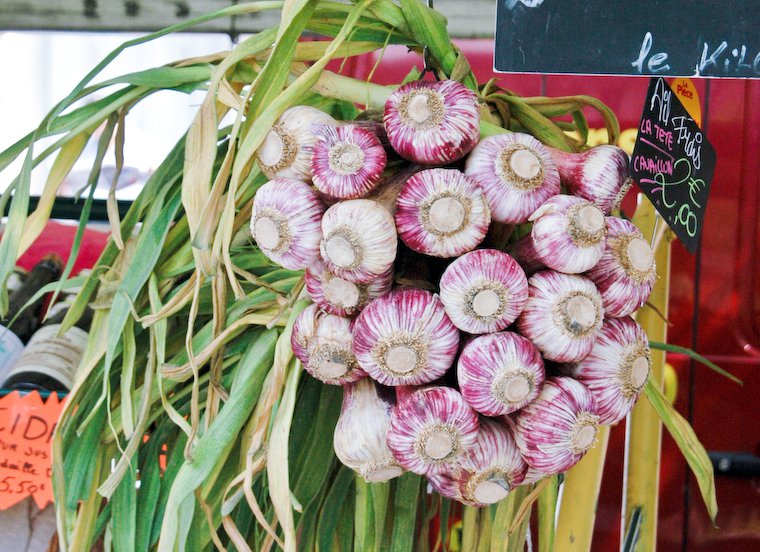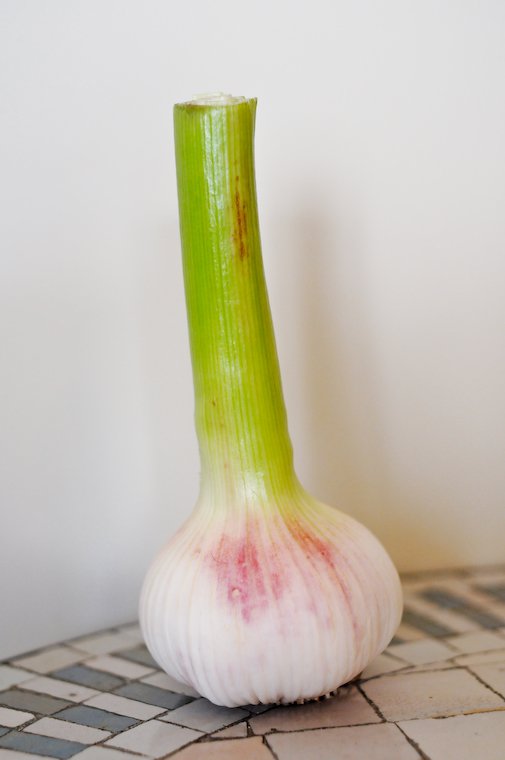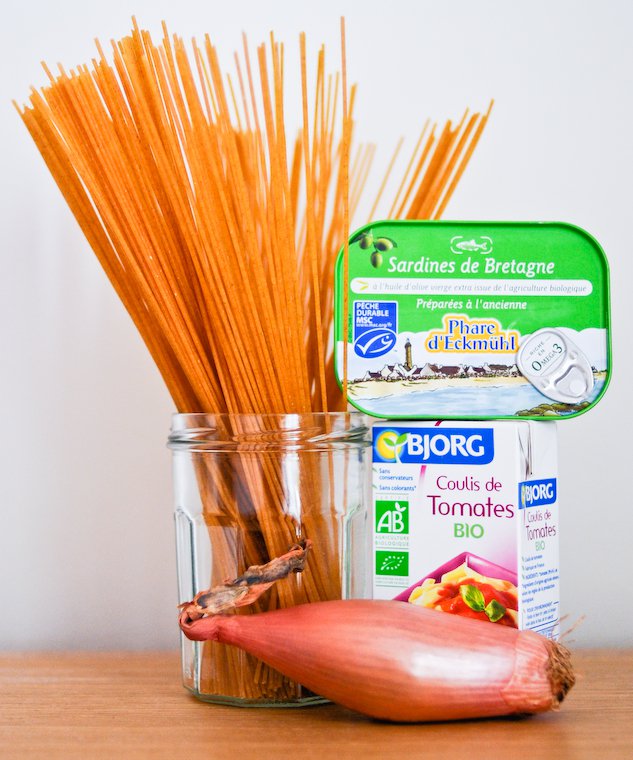Fresh spinach is in season right now, and I got a huge bag of it from my favorite grower, so I’ve been looking for great spinach recipes to use it. I naturally turned to Twitter and Facebook to hear about your favorite spinach dishes, and I thought I’d share the master list. Thank you all for your inspired suggestions!
Best pairings for spinach recipes
– Spinach + garlic
– Spinach + cheese (especially fresh goat cheese, feta, ricotta)
– Spinach + sesame
– Spinach + eggs
– Spinach + cream
– Spinach + pasta
– Spinach + mushrooms
– Spinach + potatoes
– Spinach + nutmeg
– Spinach + lentils
– Spinach + raisins
– Spinach + bacon
– Spinach + fish
– Spinach + anchovies
– Spinach + rice
– Spinach + lemon
Sautéed spinach recipes
– Sautéed in butter
– Wilted in a pan with slivers of garlic (lots of it).
– Simply sauté with olive oil, sliced garlic and lemon juice.
– Spinaci alla romana, with pine nuts, garlic, and sultanas
– Toss in a hot skillet with garlic, olive oil, salt. Cover, remove from heat, wilt 5 min. Leftovers can be mixed into fromage blanc.
– Chop up spinach, sauté in sesame oil, and serve with quinoa or rice, and tofu baked with miso or soy sauce.
– Stir-fry quickly with garlic, extra-virgin olive oil, and a dash of soy sauce.
– Sautéed in a skillet with rice vinegar, a drizzle of sesame oil, toasted black sesame, and fresh ginger, Japanese-style.
– One-pot spinach and quinoa pilaf
Spinach in baked dishes
– Spinach quiche, with leeks and gruyère
– Spinach and potato quiche with feta cheese
– Spinach tart or pie, with fresh goat cheese or camembert
– In a phyllo pie with feta, à la spanakopita
– Torta pasqualina (Spinach and ricotta Easter pie)
– Spinach and ricotta lasagna
– Spinach pirojki
– Spinach börek











